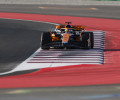F1 – Tech updates at the Dutch Grand Prix
At each Grand Prix, teams submit to the FIA a list of all major aerodynamic and bodywork components and assemblies that have not been run at a previous event. This car presentation provides a unique insight into the different development paths being taken over the course of the season.
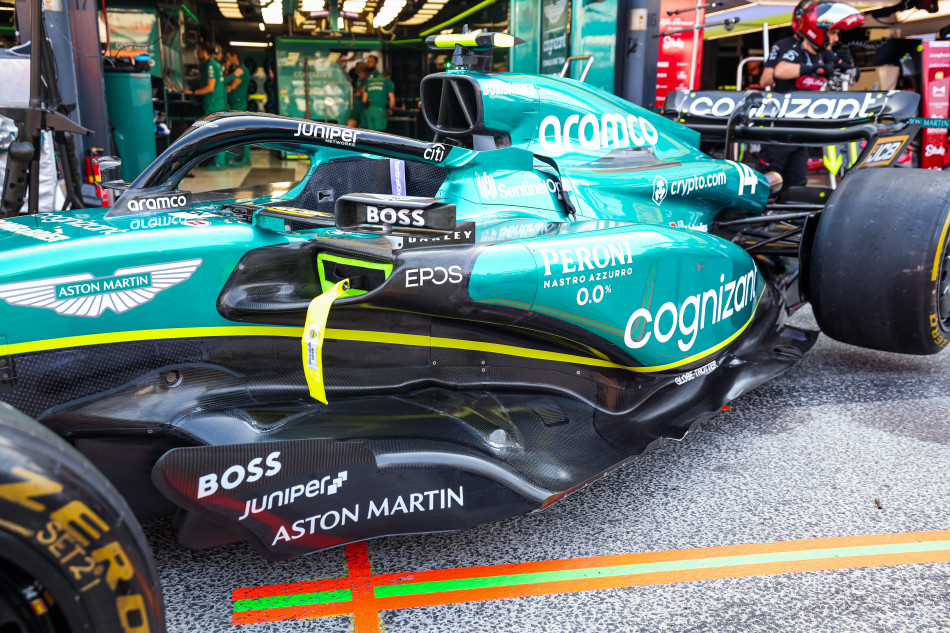
After its traditional summer break, F1 is this week back in action at the 2023 FIA Formula 1 Dutch Grand Prix and for the start of the second half of the campaign a number of teams have brought significant upgrades to Zandvoort.
Aston Martin lead the way with a revised floor and a new diffuser with the package aimed at improving flow and generating more downforce. The floor body has been modified to alter the volume below the floor and as a result of those changes the floor fences and floor edge have also been redesigned to complement the package. Meanwhile, the upper corner of the diffuser has been modified to change the volume of the lower surface and a winglet has been added behind the diffuser to improve local flow.
Speaking in Thursday’s Official FIA Press Conference at Zandvoort, Aston Martin driver Fernando Alonso said the new package was aimed at providing “a clear direction, not only for this year but also for next year in terms of direction on the car.”
“I think in Canada we brought some new parts and Silverstone and now these new aerodynamic parts that we bring here, hopefully, add the performance we expect,” he added.
Haas have also made a major change to their car, though the focus with the VF-23 is on the front wing rather than the floor.
According to the US squad, lessons learned from the front wing introduced at the Monaco Grand Prix have led to the “entire project being revisited” and a new arrangement of mainplane, flaps and the other components has resulted in “significant improvement in the flow released behind the wing”.
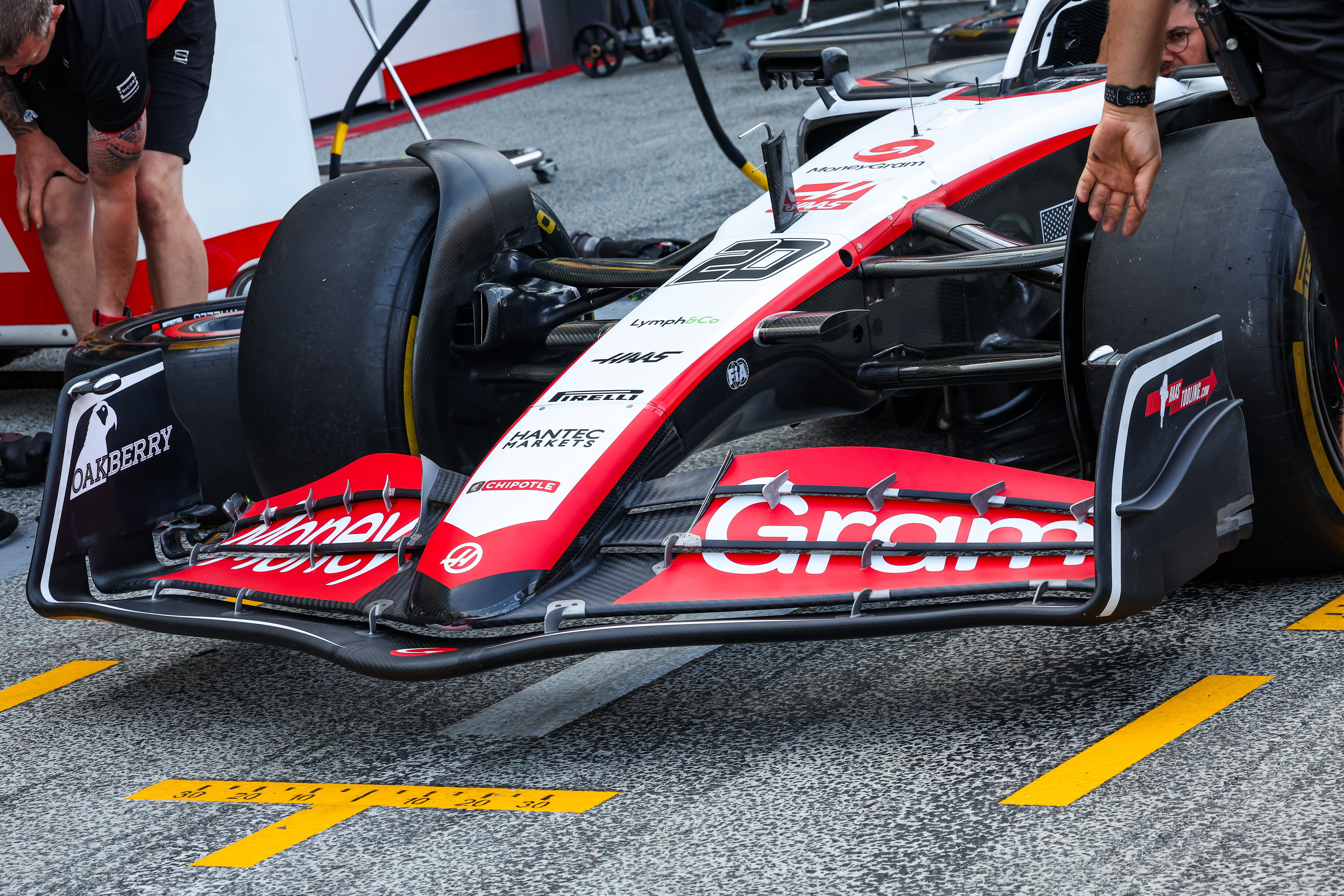 To work with the new wing, the nose of the car has also been revised, with the team adding: “The nose tip, which merges into the second forward wing element, is part of the wing leading edge. The work [has] focused on the best compromise between the nose geometry and the wing profile”.
To work with the new wing, the nose of the car has also been revised, with the team adding: “The nose tip, which merges into the second forward wing element, is part of the wing leading edge. The work [has] focused on the best compromise between the nose geometry and the wing profile”.
Finally, in Zandvoort, the VF-23 will also benefit from new rear brake ducts designed for circuit-specific cooling.
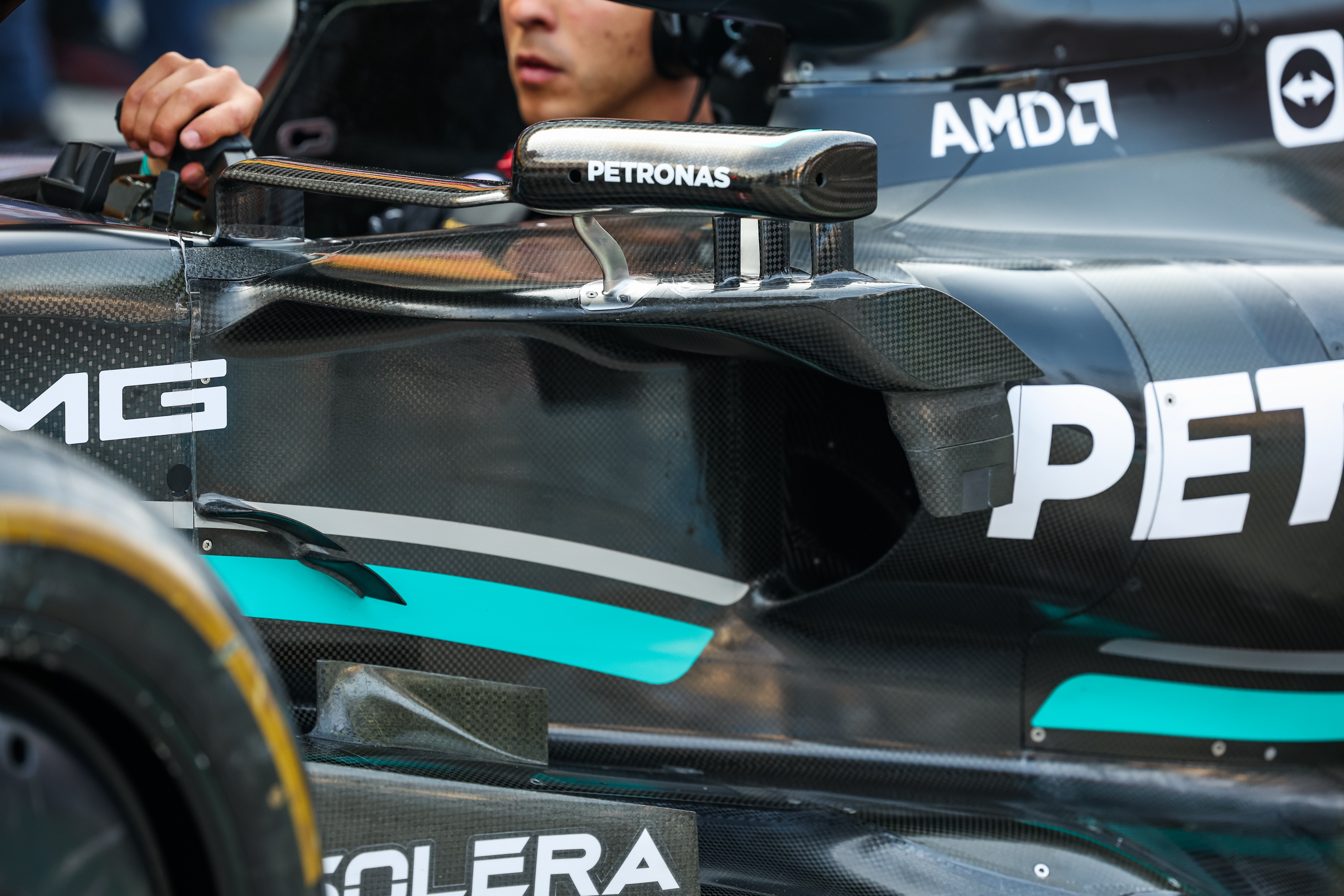
Over at Mercedes, a handful of aerodynamics tweaks have been made to the W14 E to improve air flow. These include changes to the floor edge that serve to offload the floor edge wing, resulting in improved flow to the rear of the car and more downforce, as well as a new sidepod inlet also provides better flow quality to the rear while also improving the “robustness of the mirror stay through all conditions”. Finally, a new beam wing features increased camber and chord, which the team says will increase local load, which in turn will boost the rear floor load.
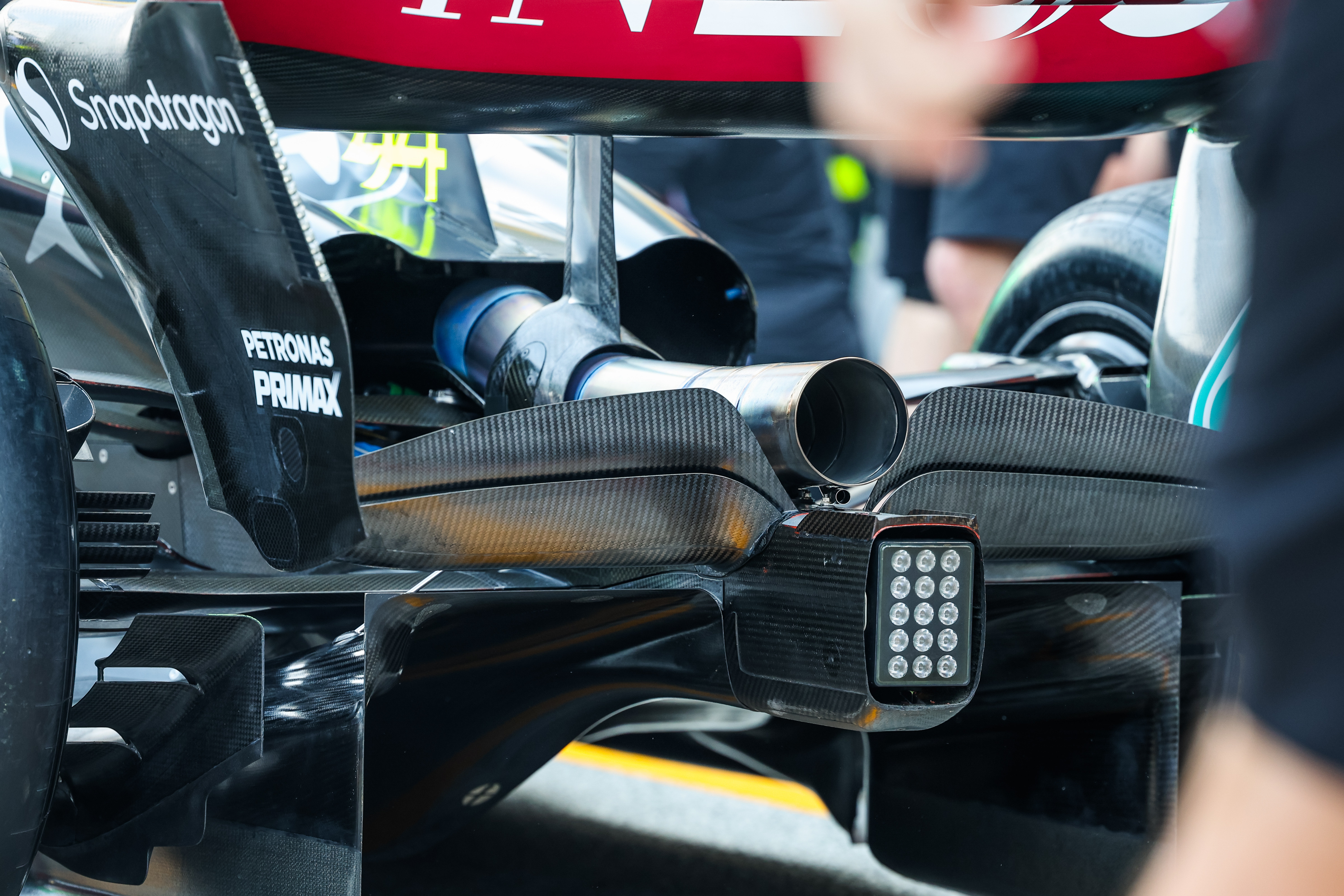
Red Bull Racing have also turned their attention to the RB19’s beam wing and in a sole change to the car for championship leader Max Verstappen’s home race, the Milton Keynes squad have also changed the camber of its beam wing to “improve the pressure distribution and improve wing performance”.
Elsewhere, the changes are mainly circuit specific, though McLaren, in targeting the drag range of circuits such as Zandvoort have heavily revised the rear and beam wings of the MCL60 with a “new rear wing assembly [that] features a completely new mainplane, flap and endplate” and a beam wing designed to complement the revised upper structure.
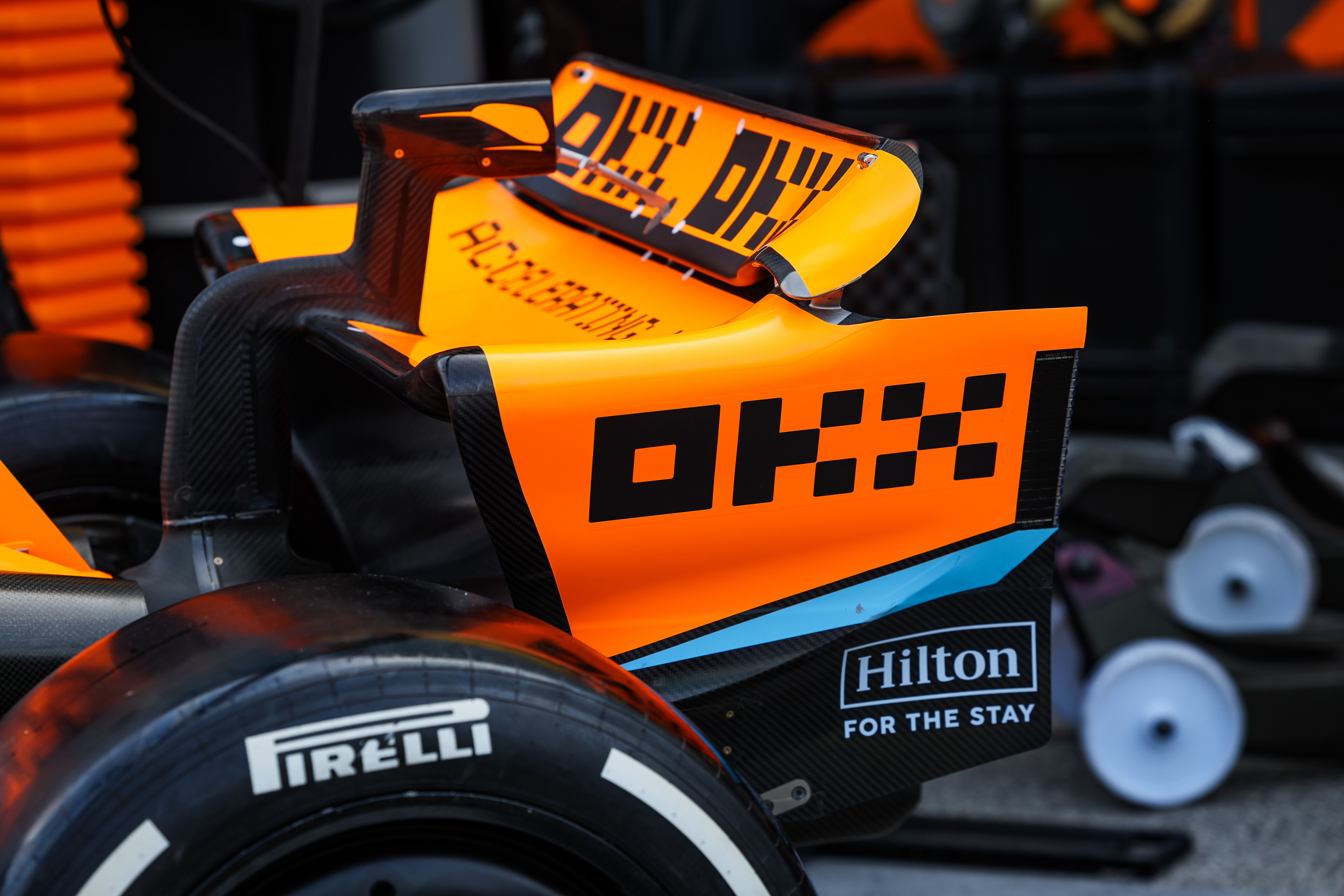
Finally, AlphaTauri’s new rear wing endplate might be a minor change but the team says that the “updated tips increase the efficiency of the assembly of this rear wing drag level, which is anticipated to be the best choice for this circuit based on lap time analysis”.
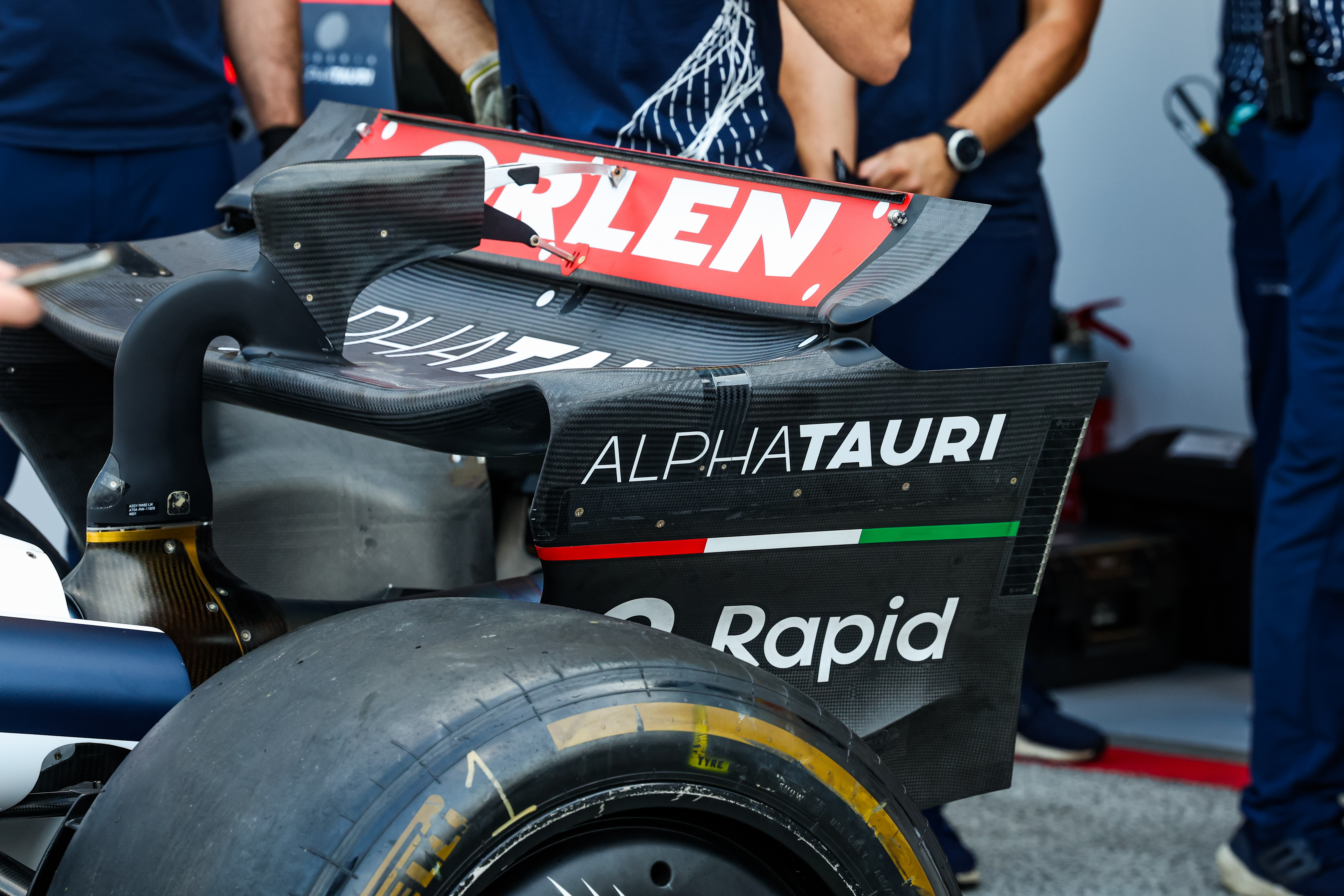
There are no changes at Ferrari, Alpine, Alfa Romeo or Williams for this event.
You can see the full list of changes below as submitted by the teams, and keep an eye out for the next round of changes ahead of the 2023 FIA Formula 1 Italian Grand Prix in just a week’s time.

 Facebook
Facebook Twitter
Twitter
